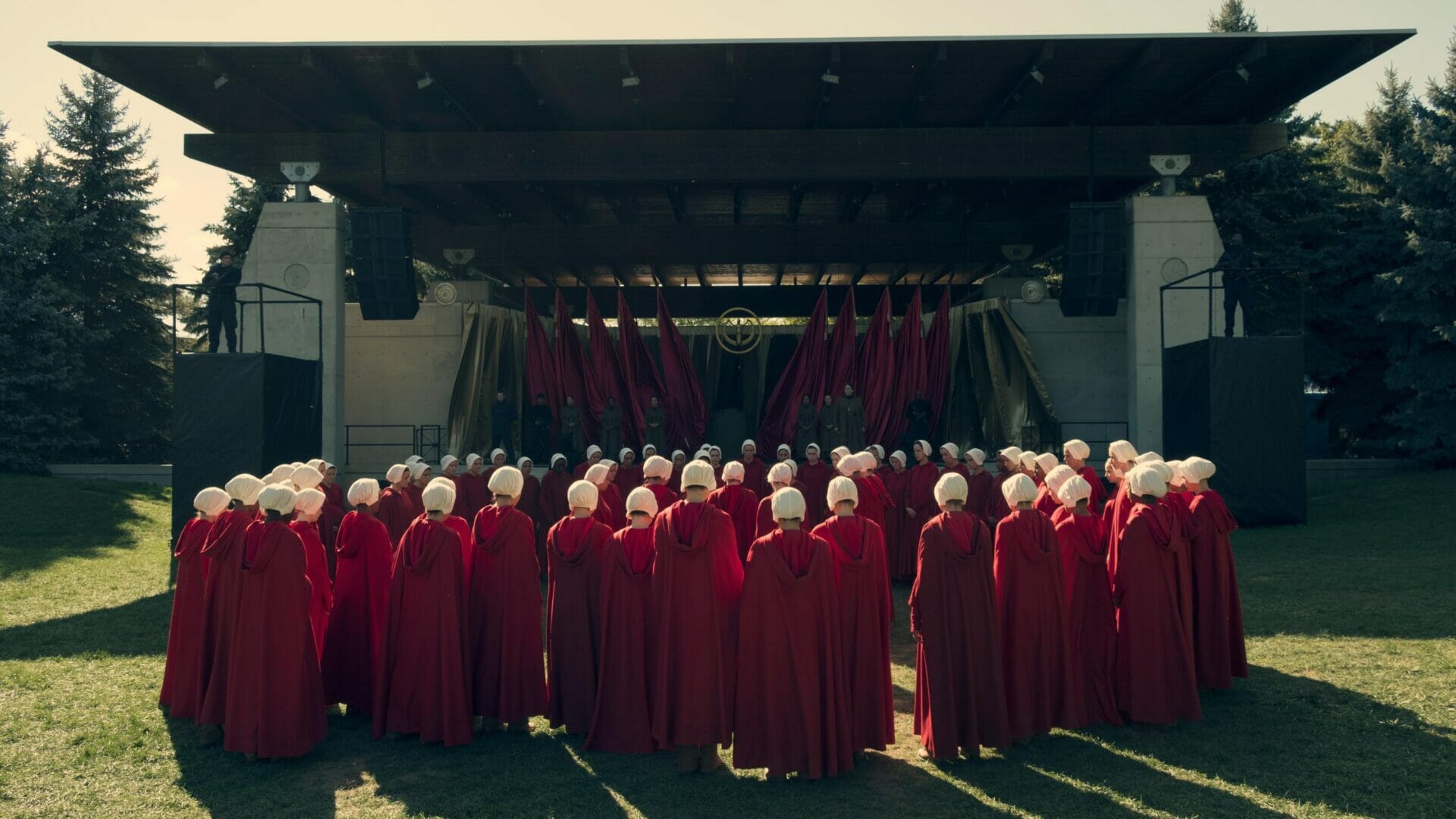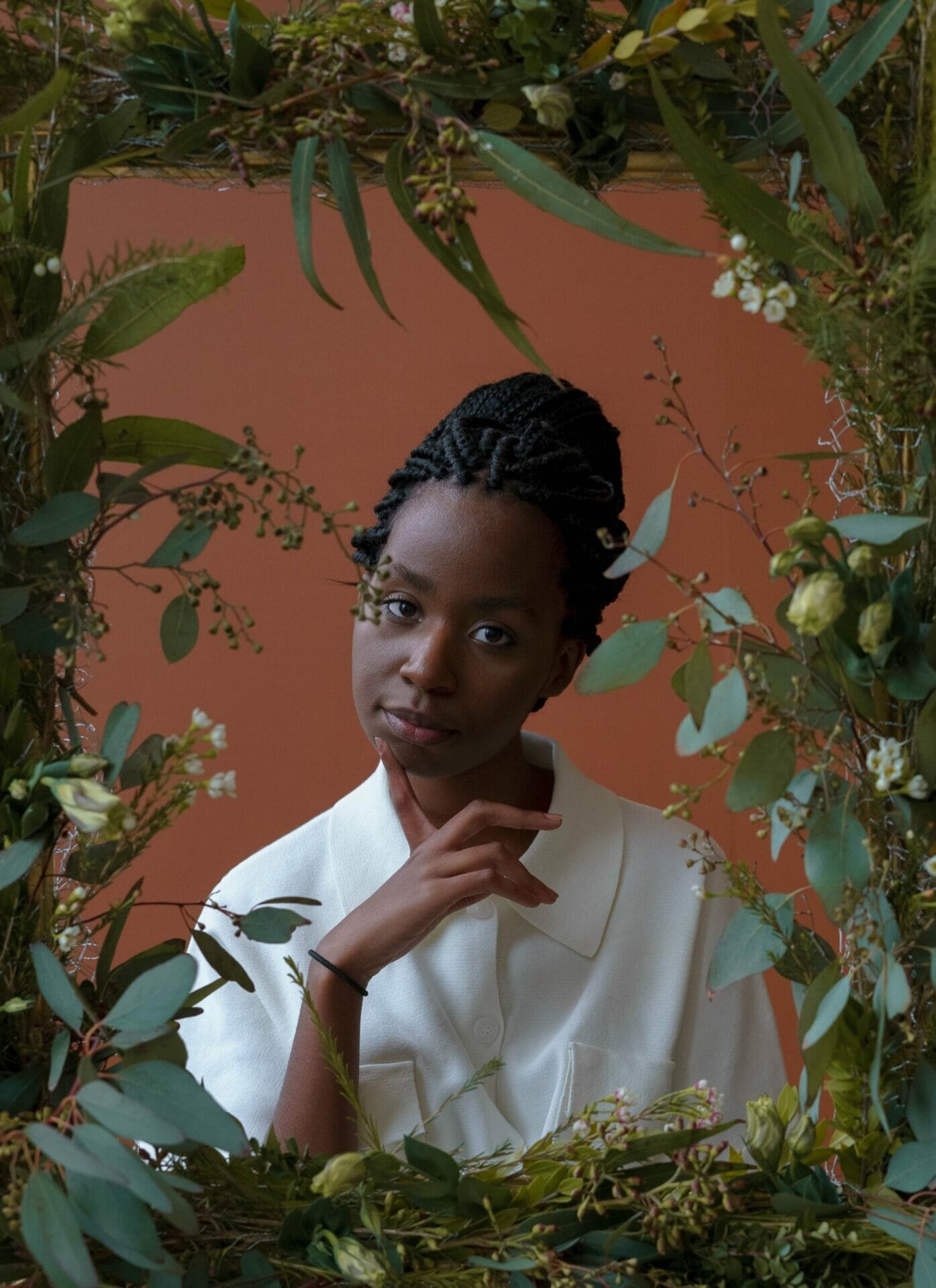
Girl, Woman, Other | Intersectional feminism in modern Britain
Author
Year
Format
Length
Original language
Subgenre
“Life is much easier for men, simply because women are much more complex,” states Bernardine Evaristo in her eclectic book Girl, Woman, Other. Indeed, complexity is the central theme of this novel that navigates through the lives of twelve individual black women. They are the representatives of what has come to be known as intersectional feminism in modern Britain. It’s a story that made Evaristo, born in London but of Nigerian descent, the first Afro-British woman to win the prestigious Booker Prize in 2019.
Modern language
Firstly, one thing that comes across about this novel is the unconventional use of punctuation. Full stops and commas are mostly absent. Moreover, paragraphs do not seem to follow any syntactical logic. It feels as if readers are experiencing a piece of poetry rather than prose. Thus, reading becomes a very smooth act: it is like floating amongst short stories.
A similar use of punctuation is not merely a stylistic choice. Evaristo’s protest against our contemporary patriarchal racialized society is made evident by eliminating conventional punctuation. The decision to do so is a manifesto of intersectional feminism in modern Britain. In fact, complex punctuation can be said to mirror the complexity of the women in the book. Taken to the extreme, the absence of punctuation offers women the freedom of self-expression. Such appears to be the thinking.
Modern women
Each of the twelve characters has a chapter. All women are unique in their own way. Readers meet unapologetic lesbian Amma (see Mr. Loverman for another queer story by Evaristo), and then they encounter Amma’s best friend, the uptight teacher Shirley. Then, there is divorcee Penelope and non-binary Morgan, and finally, successful finance trader Carole and LaTisha, a teen mom of three. Their life experiences, even though they share the common feature of being women, seem quite different and seemingly incompatible.
Yet what pools them together is not just their being women, but black women in post-colonial Britain. They are all facing tough socio-political struggles as a result of their race. This makes them a manifesto not simply of feminism but of intersectional feminism. “What does it mean to be a woman of color in today’s society? What is privilege? How can I get privilege?” are just some of the problematic questions Evaristo’s characters ask themselves.
Modern writers
The themes proposed by Evaristo team her up with some rising black women writers in the English-speaking world. One is Chimamanda Ngozi Adichie, author of We should all be feminists and Americanah. In the latter, a young Nigerian woman learns to adapt to racialized American culture. On the other hand, Evaristo’s writing resembles Zadie Smith’s novels, the author of Swing Time. That is the story of two young women of color’s friendship in modern London.
A feeling of support and respect is also the red thread that unites Evaristo’s characters in Girl, Woman, Other. This is most remarkable in the final chapter, where all characters gather at Amma’s theatre premiere. They are girls, women, and others: weird, queer, and stunning.
Tag
Buy a ☕ for Hypercritic









